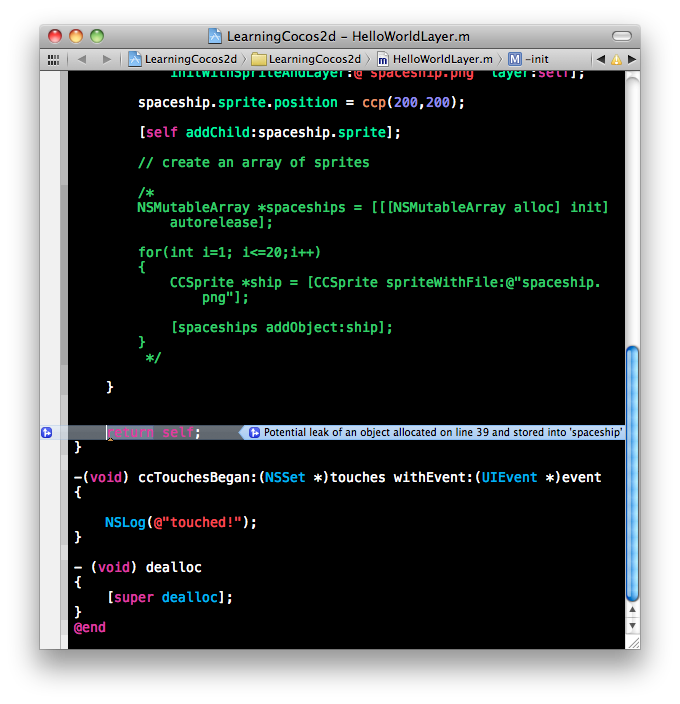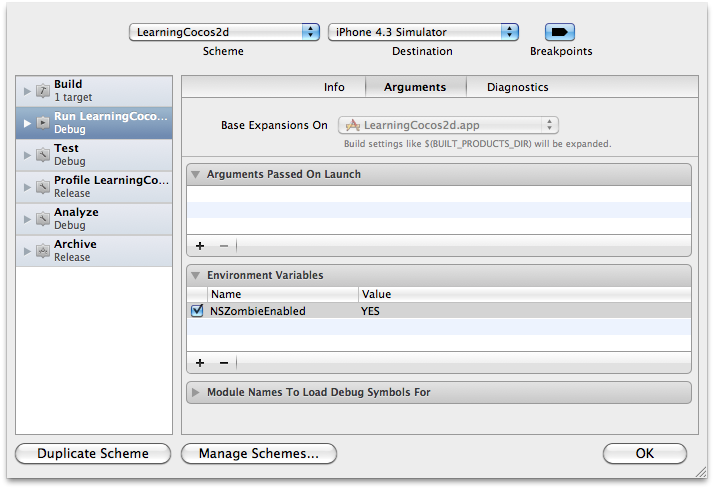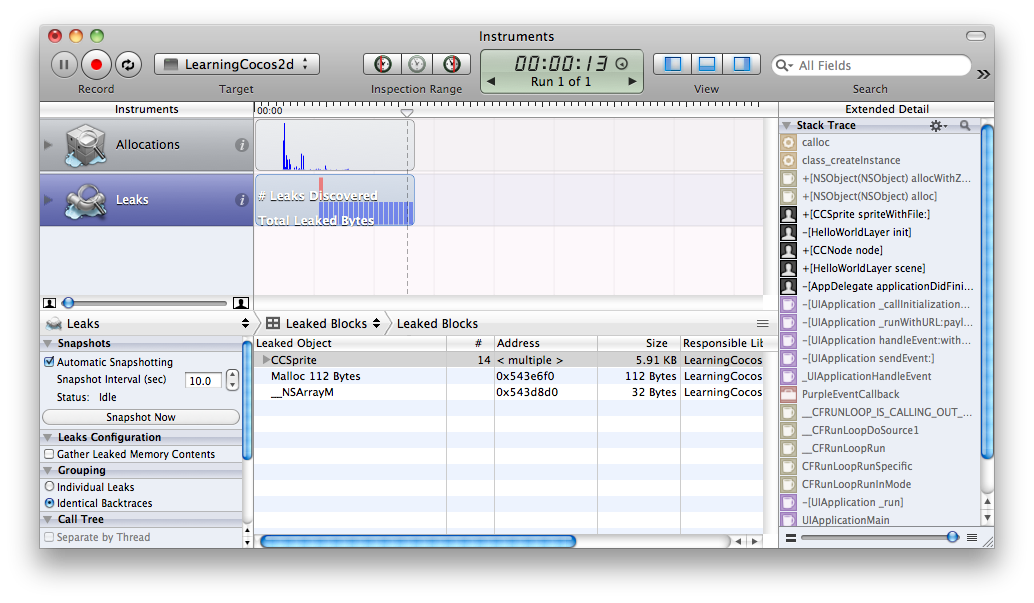

Memory management can make or break your iPhone applications. If your app is leaking memory then it is only a matter of time that it will eventually slow down or even crash. In this article we are going to demonstrate the reasons for memory leaks and how to stop leaks from happening.



